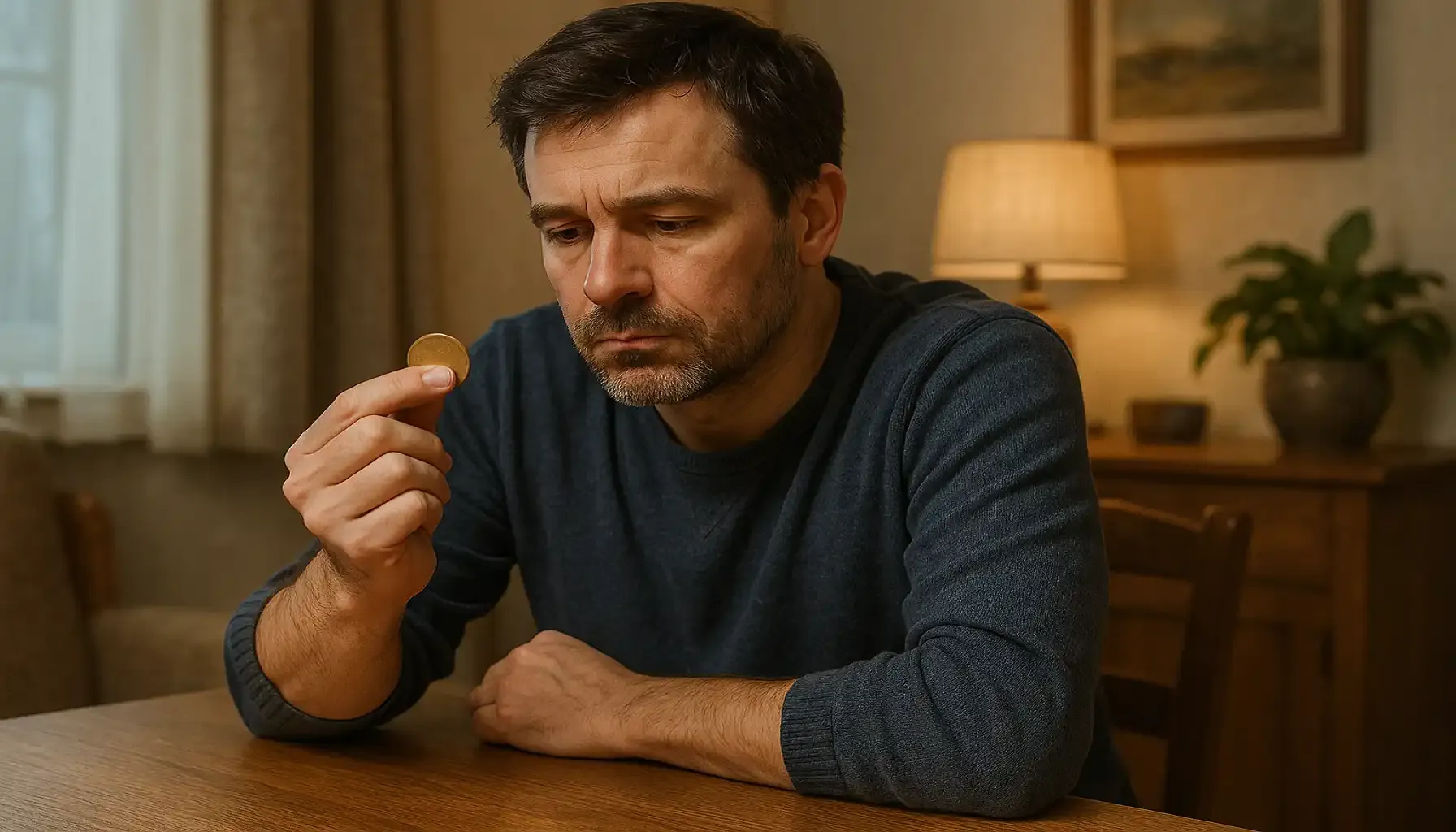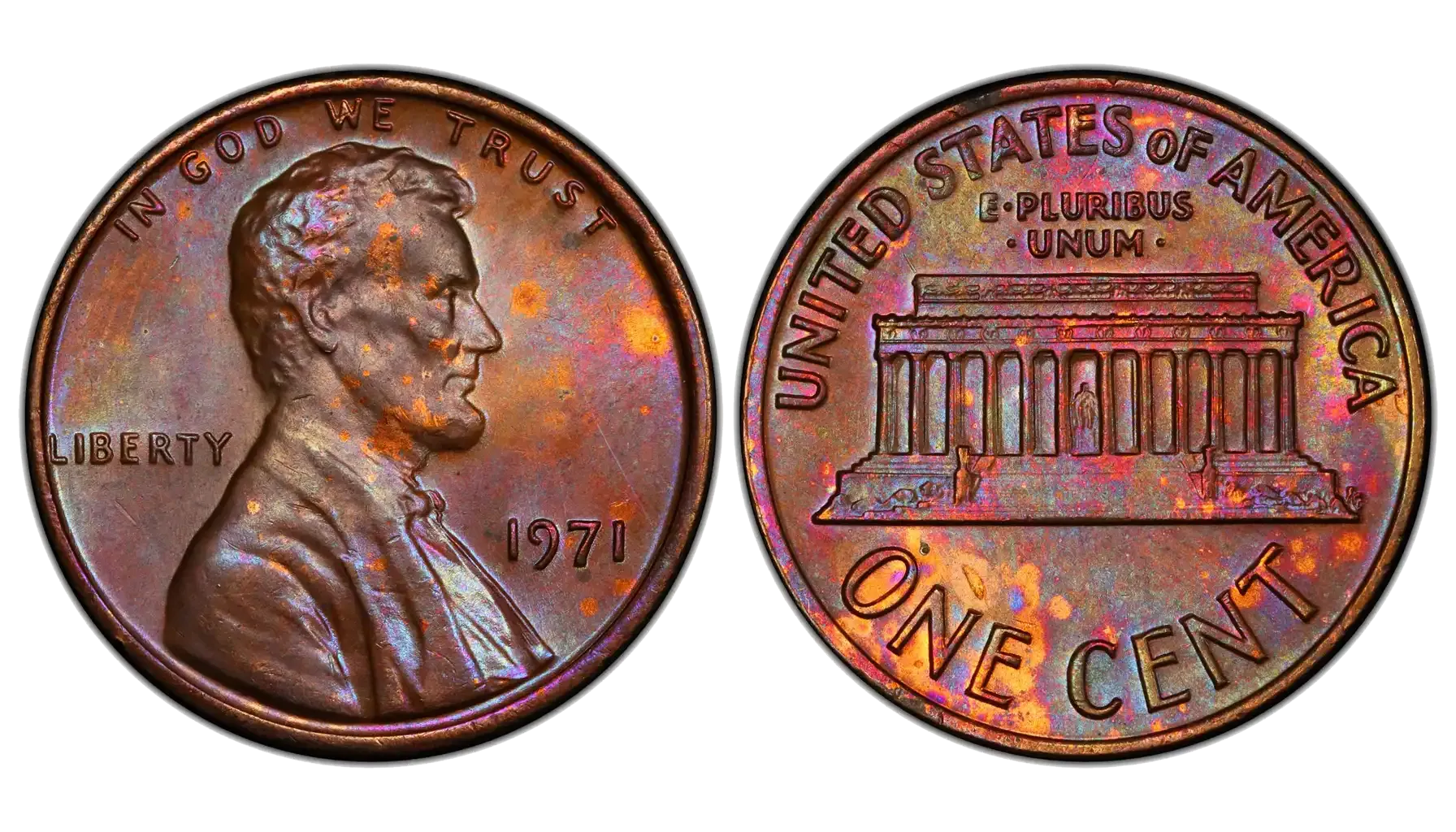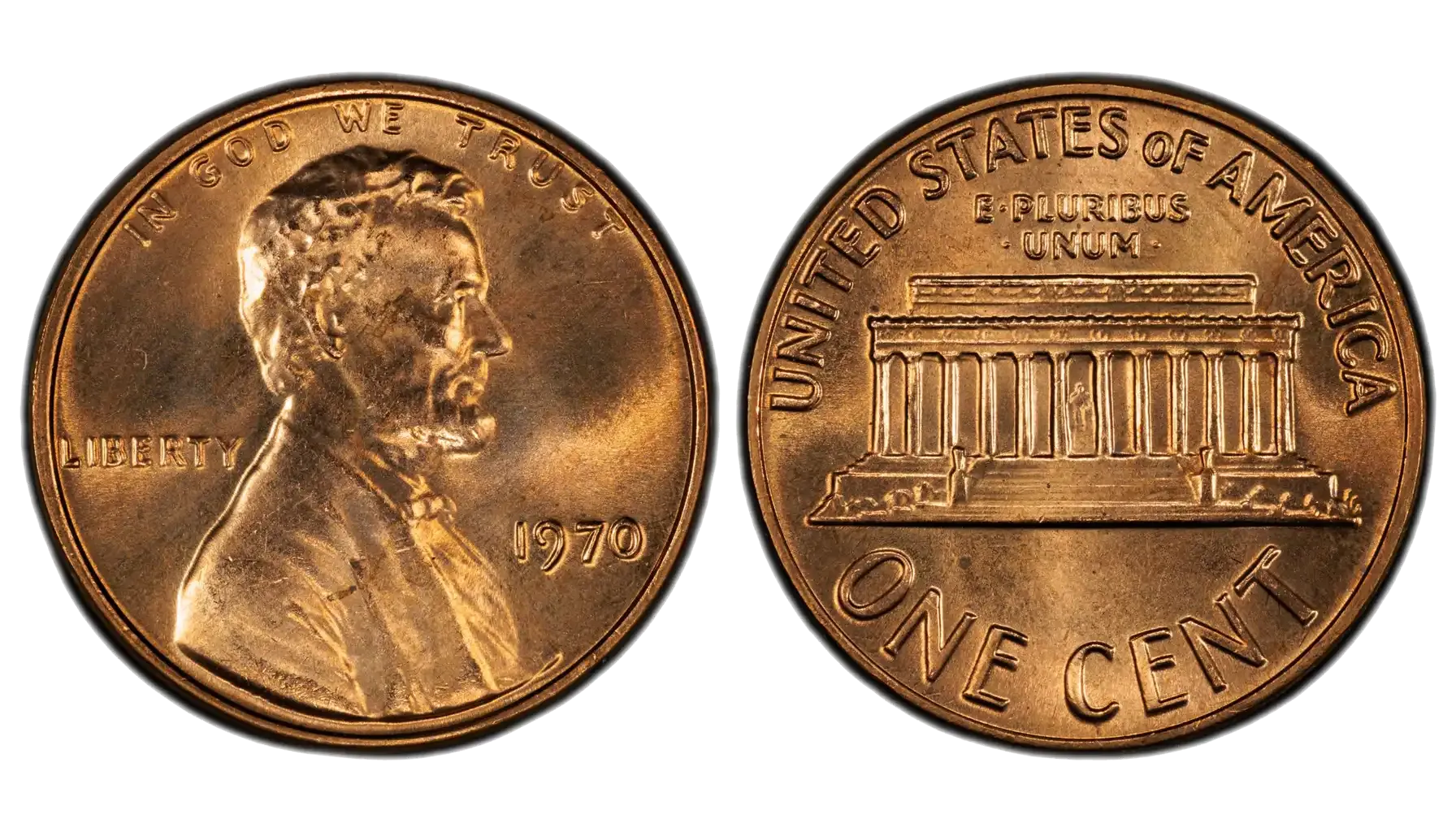Contents:
The design and aesthetics of the 1908 Indian Head Penny poses it off as something priceless. The majestic crowned princess and the charming flower at the back makes you want to keep this vintage coin. But don't get carried away by all of these.
This rare gem is worth more than you can imagine, and the history behind it? Simply intriguing! Join us as we dissect, analyse and discuss more about the coin. We will also take a critical look at the coin’s features, mint marks, errors, what makes it so special, and how you can identify the coins.
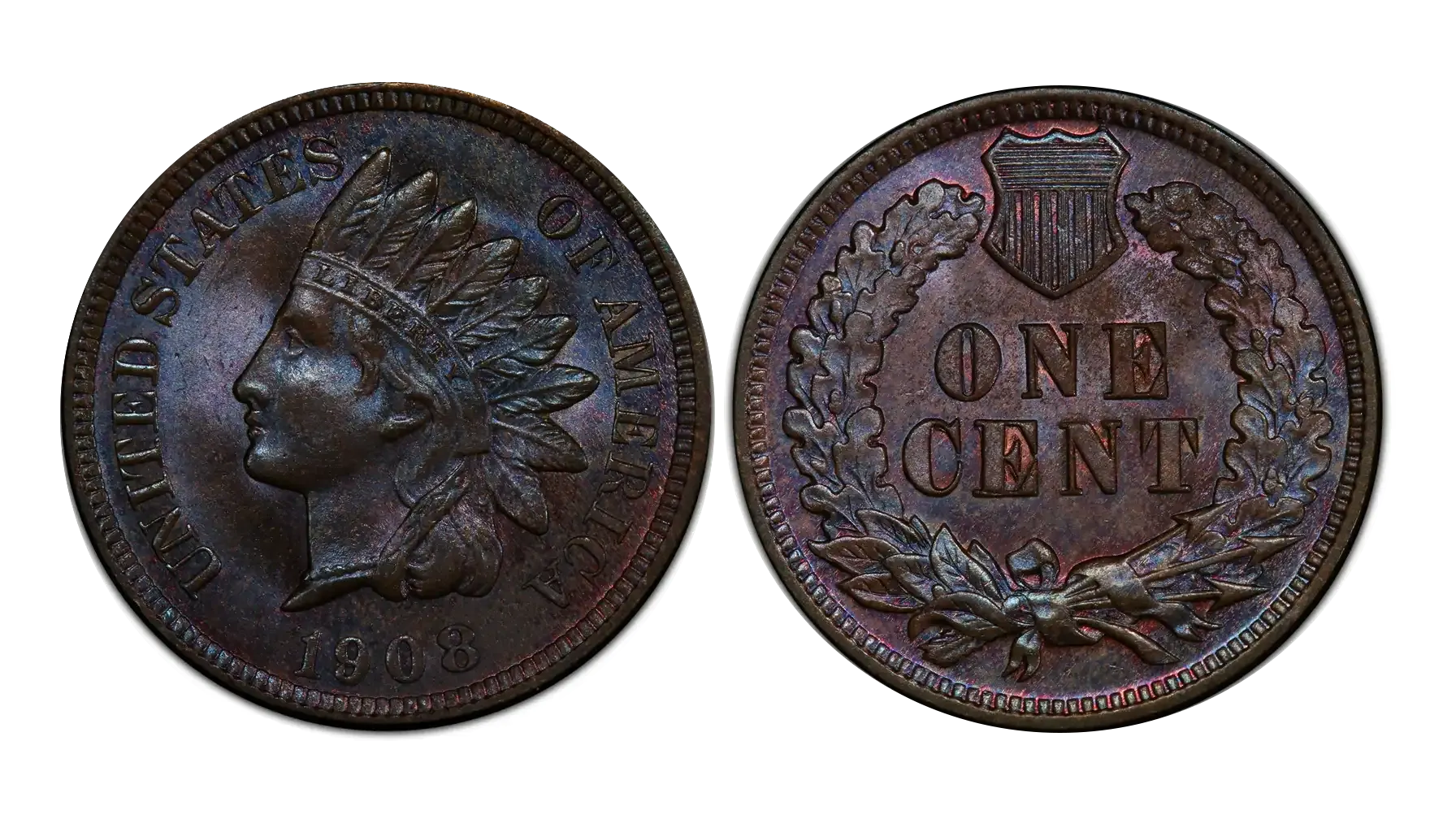
Brief History
The tales behind the origin of this type of coins, designed by James Barton Longacre, has several versions. The most popular of them is based on Longacre’s 12-year-old daughter. The story claimed she wore a Native American headdress in her father’s workshop, which gave inspiration to the design. However, this is entirely untrue.
As a matter of fact, Longacre’s daughter was actually 30 years old when this historic 1908 Indian Head cent coin was designed. Several confirmed reports have debunked this story and many others. However, many are still interested in knowing what inspired Longacre to create this masterpiece.
It's great that, before James Longacre died, he clarified that the inspiration behind the liberty figure on the coin is based on a sculpture rather than a personal anecdote. The design is borne from a popular statue in Philadelphia known as “Crouching Venus.” The statue was borrowed from the Vatican, influencing the authentic classical influence to this creation.
All of these myths, stories and folklore only contribute to the mystery and charm of the Indian Head Penny. They make up for its popularity among historians, collectors and numismatists alike.
The Indian Head cent first hit circulation in 1859, designed by James B. Longacre, one of the most famous coin designers. His bold image of Liberty in a Native American-style headdress became one of the most iconic coin designs in U.S. history.
These mostly copper coins circulated widely — from the Civil War through the early 20th century. By the time we reached the 1908 Indian Head penny, the design was nearing its end, soon to be replaced by the Lincoln Wheat Cent in 1909.
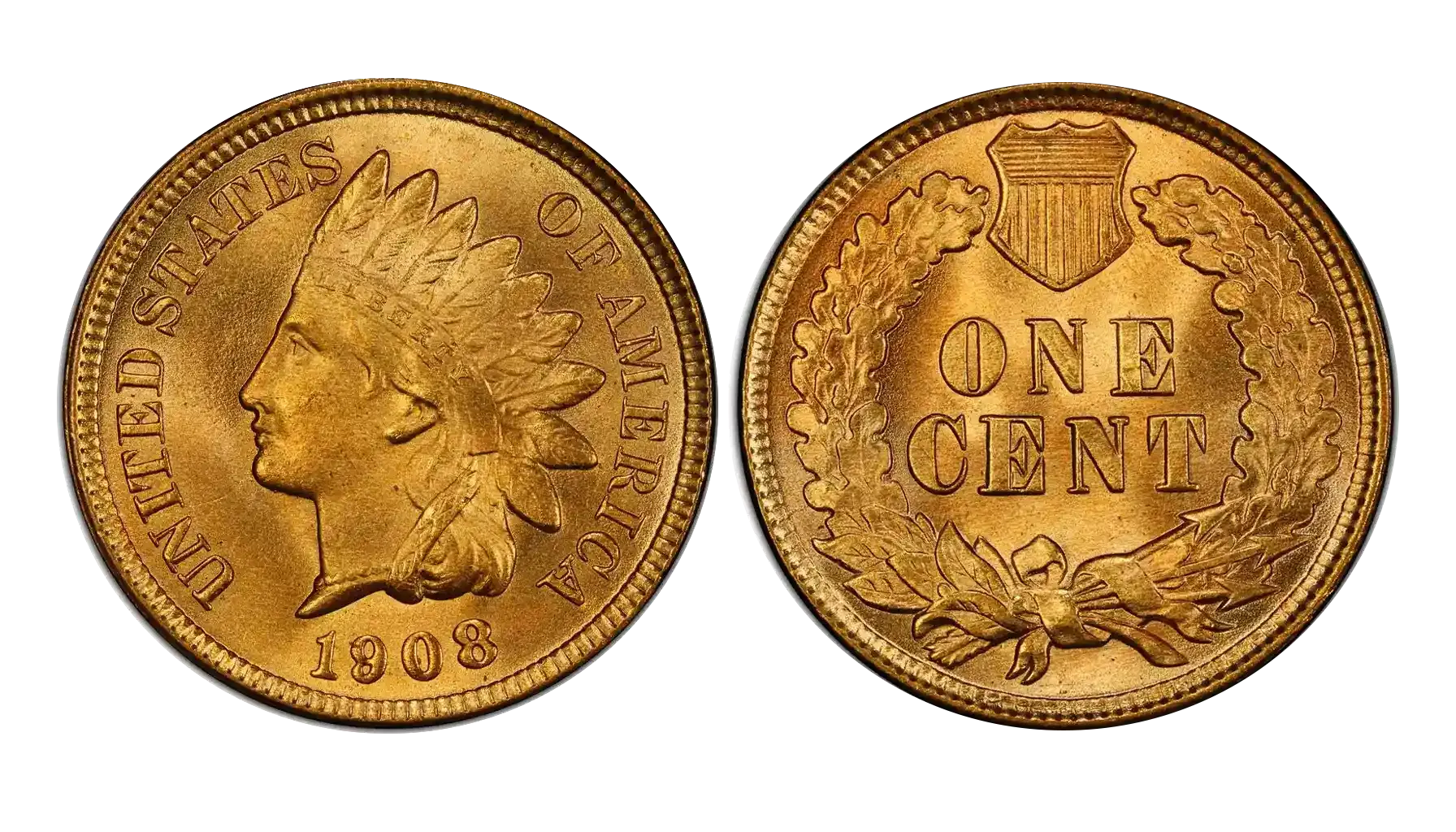
Features & Varieties
If you’re holding a 1908 Indian Head piece, you’re handling a classic one cent 1908 coin that marks the end of an era in U.S. coinage. Here’s what to look for:
Design and Specs
Obverse: Liberty in a Native-style feathered headdress
Reverse: Wreath and shield
Composition: 95% copper, 5% tin and zinc
Weight: Approximately 3.11 grams
Diameter: 19 mm
Varieties
1908 Indian Head penny no mint mark: Struck in Philadelphia. Collectors refer to this as the standard 1908 penny or Indian Head penny 1908.
1908 S Indian Head Penny: Minted in San Francisco, with a tiny “S” under the wreath. This 1908 S penny is far scarcer and often more valuable.
Both versions of the 1908 Indian Head cent are collectible, but condition, rarity, and mint errors define the 1908 penny value. If your 1908 one cent coin has an off-center strike or doubling, it could be worth significantly more — we’ll cover that shortly.
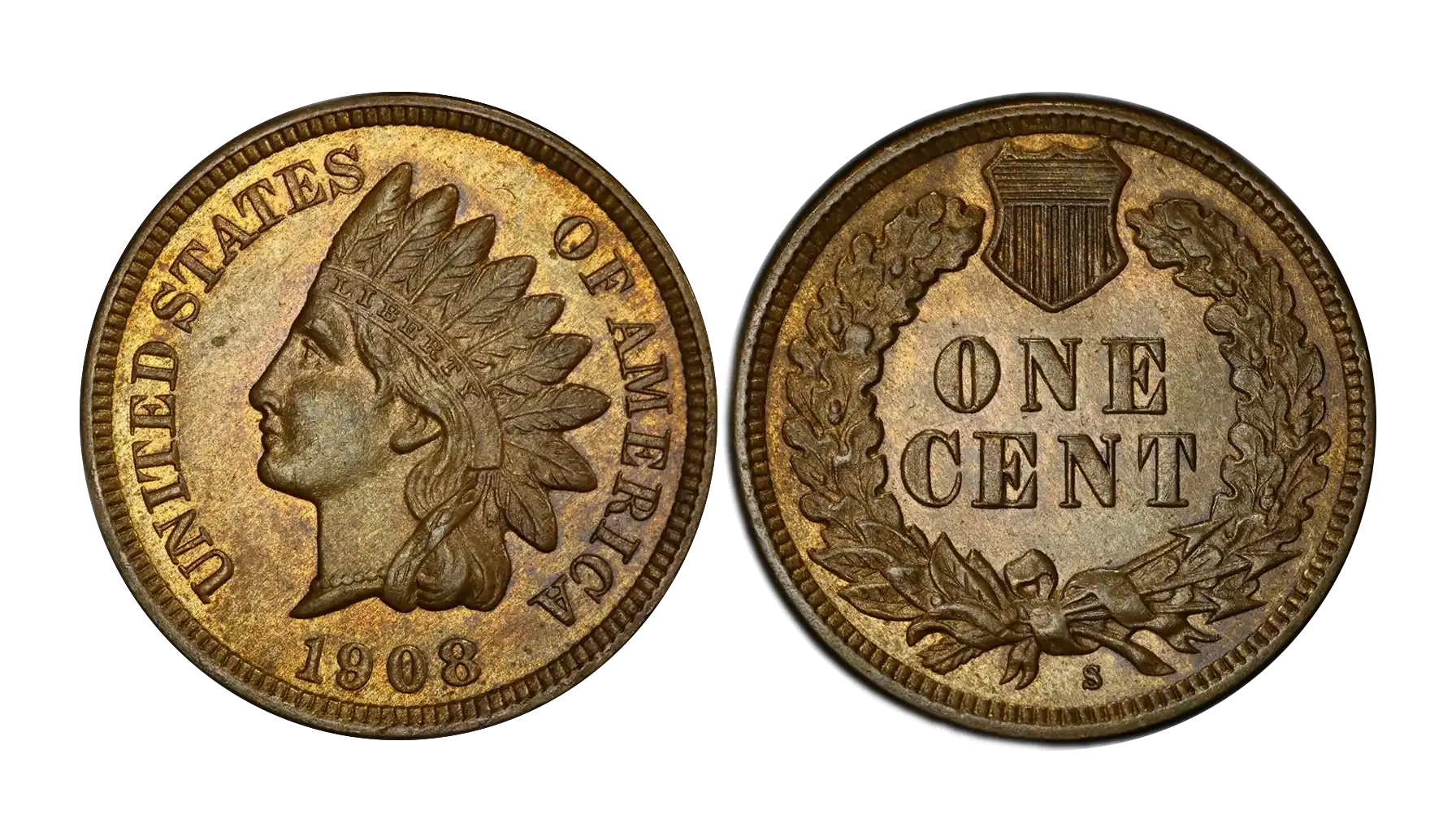
Mint Errors and Why They Matter
Some of the most valuable 1908 Indian Head penny examples are those that left the Mint with a mistake — and yes, a 1908 Indian Head penny error can make a big difference in price.
Here are the most common and collectible minting errors found on 1908 Indian pennies:
Off-center strikes — when the design is misaligned, causing part of the image or date to be missing. This is one of the most dramatic 1908 Indian Head penny errors collectors seek out.
Double dies — letters or dates appear doubled due to a mistake during die creation. This affects the 1908 Indian Head penny value, especially if the doubling is obvious.
Die cracks — raised lines from damaged minting dies, which can increase the value of a 1908 Indian Head penny, depending on visibility and position
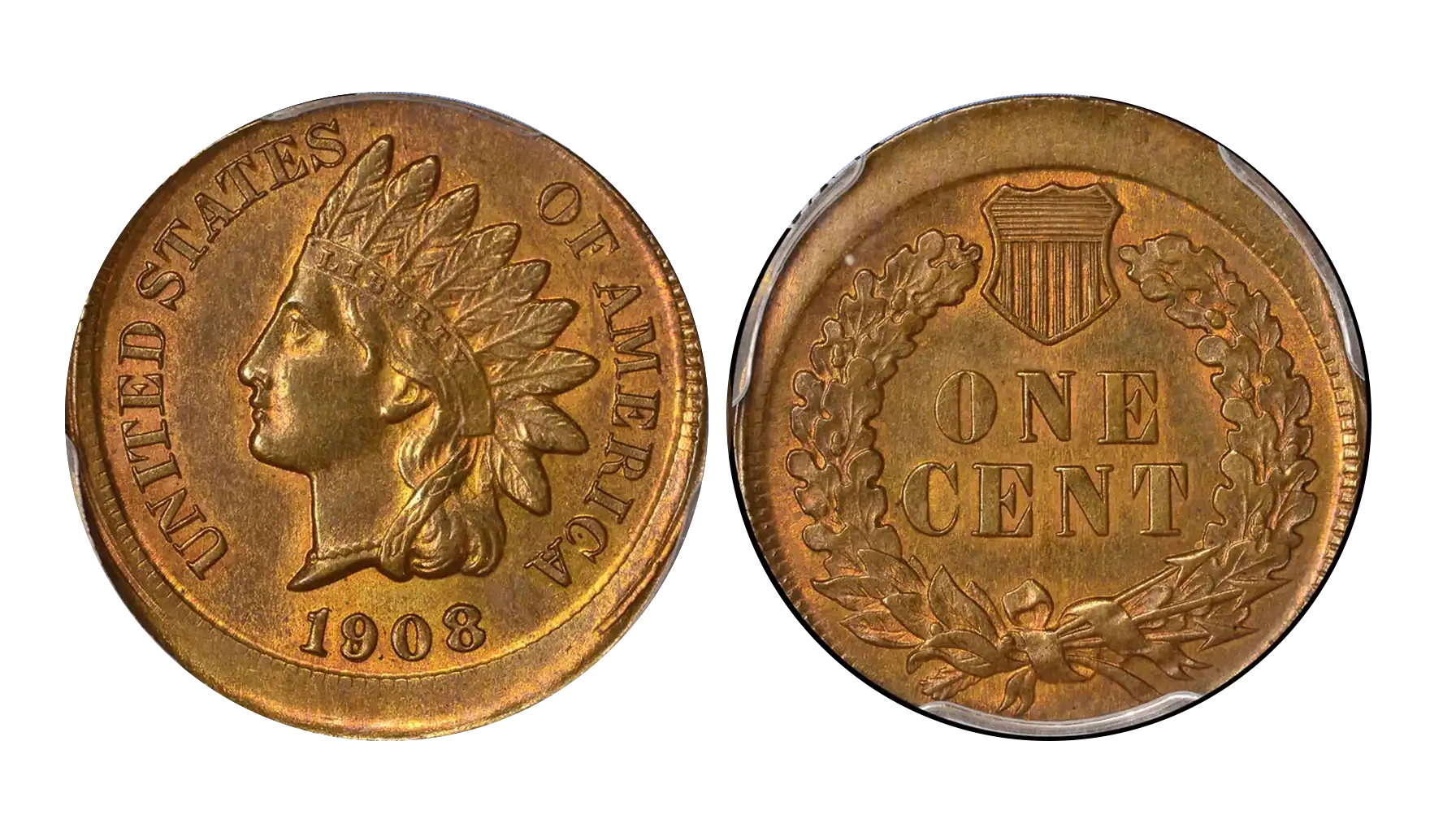
Even a subtle error can push the 1908 penny worth far beyond its standard range. The key is knowing what to look for — or letting AI do it for you.
1908 Indian Head Penny Value by Condition
The value of a 1908 Indian Head penny depends on its condition, mint mark, and rarity. If you're asking how much is a 1908 Indian Head penny worth, here’s a quick reference:
1908 Indian Head Penny (no mint mark)
Circulated (Good–Fine): $1–$5
Extremely Fine (EF): $10–$20
About Uncirculated (AU): $25–$50
Mint State (MS60–MS65): $60–$250+
1908 S Indian Head Penny
Good–Fine: $5–$15
Extremely Fine (EF): $30–$60
About Uncirculated (AU): $75–$150
Mint State (MS60–MS65): $200–$600+
The 1908 penny value can change significantly based on even minor condition differences — especially for a 1908 Indian penny with sharp details or rare minting errors.
Not sure what your 1908 penny is worth? Coin ID Scanner analyzes your coin’s features from a photo and estimates your 1908 one cent coin value based on real-time market data.
Whether you have a 1908 Indian Head cent with no mint mark or a rarer 1908 S penny, the app helps identify grade, highlights unique traits, and gives you a realistic value range today.
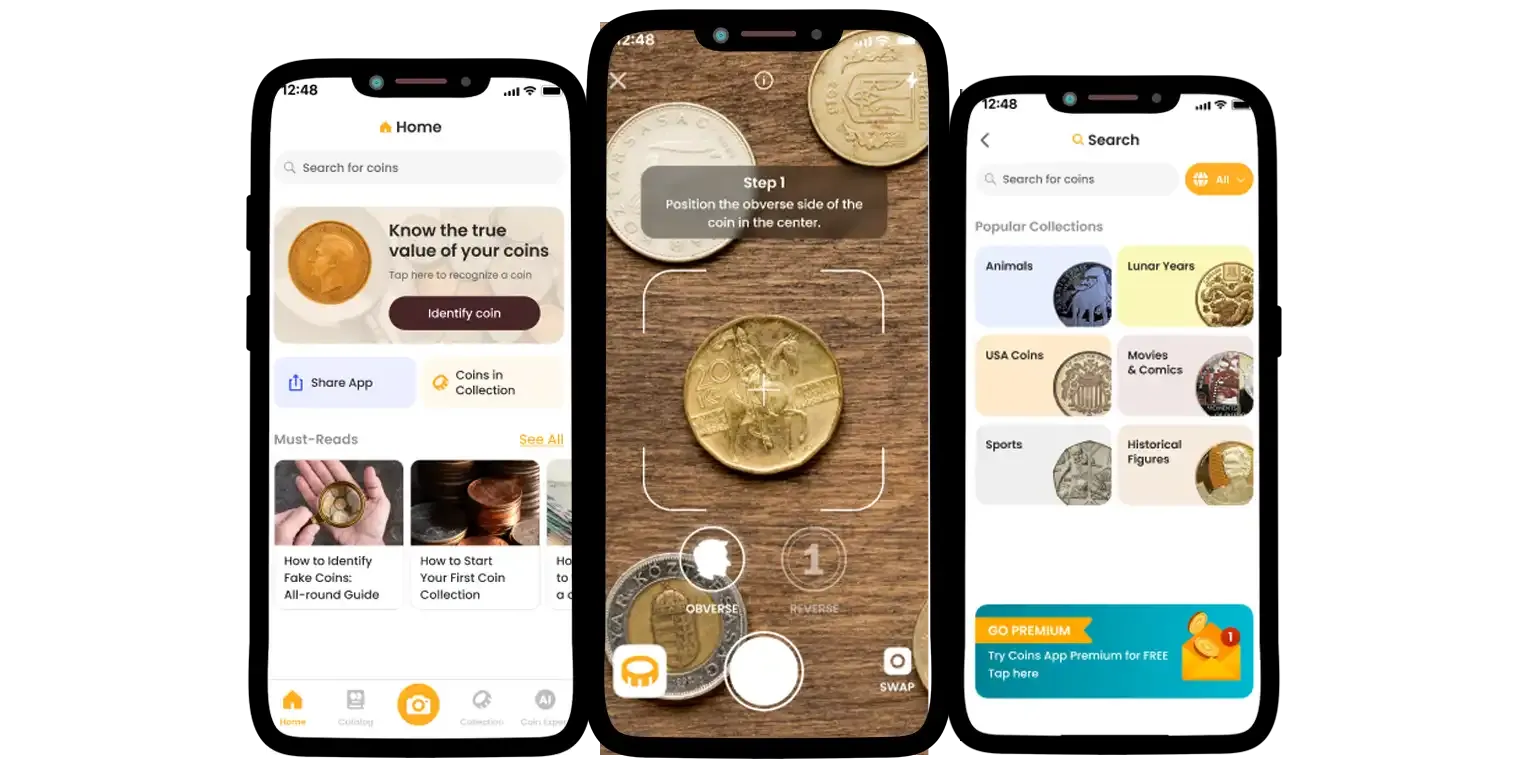
Where Is the Mint Mark on a 1908 Indian Head Penny?
If you're examining a specimen and wondering where it was minted, flip the coin over. The mint mark — if present — is located on the reverse side, just beneath the wreath.
No mint mark? That means it's from Philadelphia, making it a standard 1908 penny or Indian Head penny 1908.
If there’s a small “S,” it’s from the San Francisco Mint — and you’ve got a 1908 S Indian Head penny (also called a 1908-S Indian Head penny). These tend to carry higher value.
Even if the mark is faint, Coin ID Scanner uses AI to zoom in on that area and detect subtle indicators, helping you confirm whether your 1908 Indian Head cent came from Philly or San Francisco. The app works best with a well-lit photo and gives additional insight into your coin’s origin and potential 1908 Indian Head penny value.
Whether you're holding a worn 1908 one cent or a sharp, uncirculated piece, identifying the mint mark is a key step in evaluating your coin.
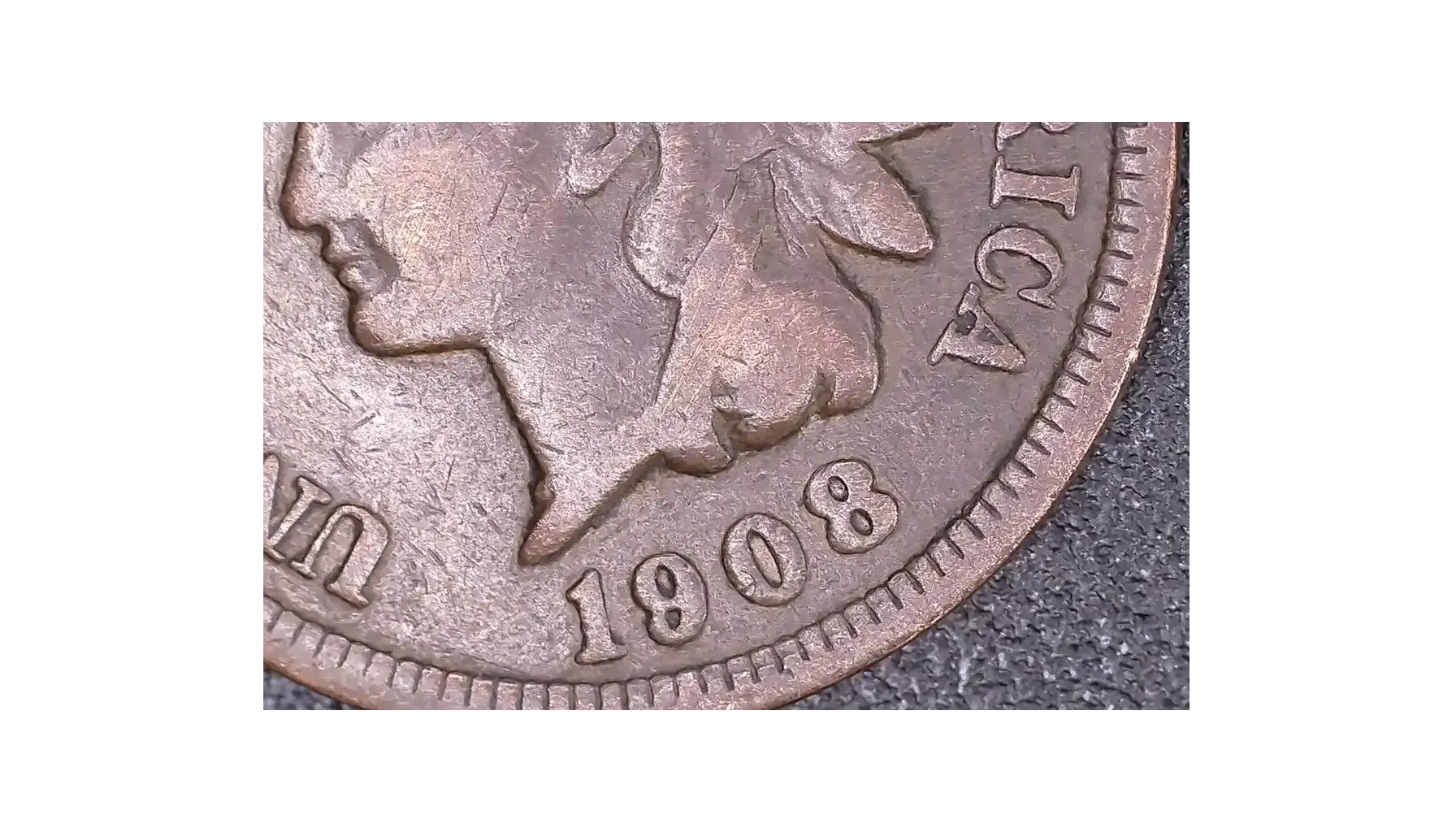
1908 Wheat Penny vs. Indian Head Penny
New to collecting? It’s common to search for things like “1908 wheat penny value”, but here’s the truth: the Wheat one wasn’t introduced until 1909. So if your coin says 1908, it’s not a wheat cent — it’s a 1908 Indian Head one.
That small detail matters — especially when you're trying to determine what a 1908 penny is worth or whether you’re holding a rare 1908 Indian penny. Not sure if you have a 1908 one cent Indian Head or a 1909 Lincoln penny? Just scan it with Coin ID Scanner. The app uses AI to analyze both sides of the coin and instantly identifies the type: whether it’s a 1908 Indian Head cent, a 1909 Wheat penny, or something else.
In seconds, you’ll know if you’re holding an early Indian Head penny 1908 or a more modern Wheat cent — and get insight into its condition and potential 1908 Indian Head penny value.
Coin ID Scanner: Benefits and Features
The advantages of using Coin ID Scanner is found in some of its impressive features:
● Accuracy in identifying rare or error coins: Coin ID Scanner has a 98% data detection accuracy enough to provide you with reliable information regarding a coin. Whether you're trying to identify a rare or error coin, you can expect an accurate response.
● Time Saving: Collectors scanning a large pool of coins can always rely on Coin ID Scanner to provide results in a fast and timely manner. Simply launch the app, scan and get your desired results in a few seconds.
● Educational tools and image database: Beginners, who are not so familiar with the terrain of coin collecting, can always rely on Coin ID Scanner to provide them with helpful tools and guides. These tools and guides are there to simplify complex results and provide you with easy-to-understand databases.
● Numismatic news and update: Coin ID Scanner provides users with news and latest trends in the coin space. You'll gain access to daily news, updates, tips and insights from professionals for free!
● Mobile optimization for on-the-go collectors: With over 150,000 coins in the database, 4.6 stars rating, and 98% data detection accuracy, you can download the app on your iOS or Android devices. You can always access and use the app on-the-go.
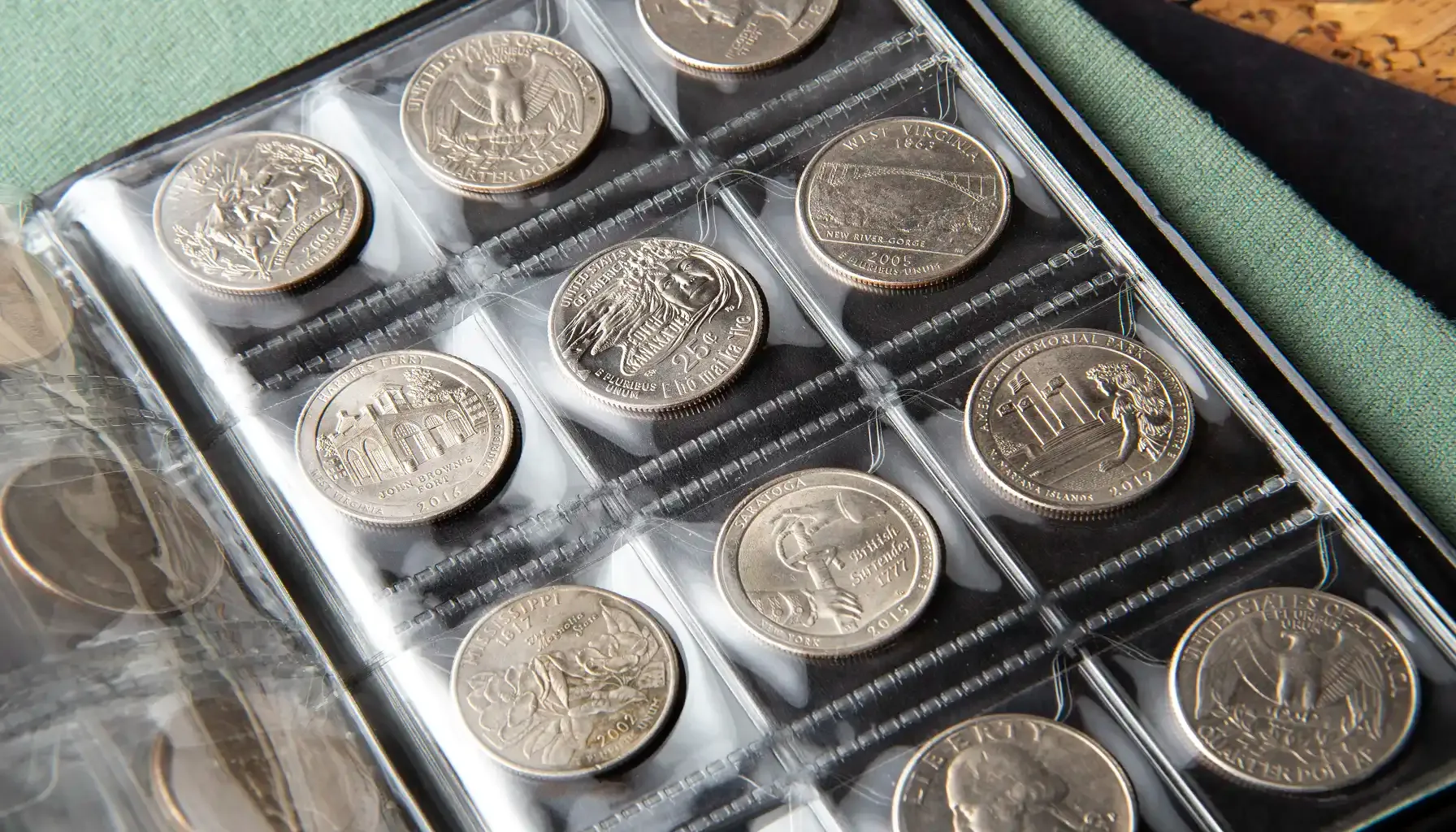
The Indian Head penny 1908 is the last of its kind — a historic, collectible 1908 one cent coin. And thanks to AI, you no longer have to guess about condition or price. So before you store away that 1908 Indian Head Cent, take a closer look. With one photo, you might uncover a surprising 1908 Indian Head cent value — and a great story behind it.

